The hands are the grasping organs of humans. It is located on the upper extremities and enables the so-called forceps grip with the thumb. The hand is also one of the most important parts of the body.
What are hands
Hands are the grasping organs on the upper extremities. Both humans and some primates have hands, with the thumb reserved for only a few species of monkeys.
The hands are needed to grip things, to shred them or to do other work. They are also an important part of communication. In addition to various fractures, the human hand can be affected by various diseases. Some misalignments can also be congenital.
Anatomy & structure
From an anatomical point of view, the hand consists of 27 individual bones. The wrist consists of the carpal bones, i.e. scaphoid bone, head bone, moon bone, large polygonal bone, small polygonal bone, pea bone, triangular bone and hook. These bones are articulated and lie in two rows. They form the distal wrist. In addition, there is also the proximal wrist, which lies on the triangular bone, scaphoid, moon bone and spoke. It is much more important for the functional use of the hand.
Next to the wrist lies the metacarpal, which in turn consists of five elongated metacarpal bones. Finally the hand consists of five fingers, which can be moved freely. They consist of a total of 14 finger bones, the thumb from two bones and the other fingers from three bones.
While the bones form the basic structure for the human hand, the muscles are essential for movement. The muscles in the hand are made up of 33 muscles. The majority, however, lies in the forearm and only sends its tendons into the hand. In addition, the so-called thenar muscles are on the thumb side and the hypothenar muscles are on the side of the little finger. There are also muscles between the metacarpal bones.
In addition to muscles and bones, the hand is traversed by three nerves. The ulnar nerve, the median nerve and the radial nerve. They are part of the carpal tunnel and enable the blood supply. The skin and veins are also part of the hand.
Function & tasks
The hand basically has the function of grasping things. A distinction is made between two different types of handles. On the one hand there is the power grip, which is used for heavy and large objects. On the other hand, the precision handle for fine instruments and small objects.
The entire palm of the hand, including fingers and thumb, is responsible for the force grip. This makes it possible to hold larger objects and to guide them with optimal force. The force that can be exerted is several hundred newtons. If the thumb is not used, it is also called the monkey grip.
The precision grip is made possible by the fingertips of the thumb and index finger. Sometimes the tip of the middle finger is also used. Depending on the size of the element to be moved, one speaks of the tweezer handle, the pincer handle, the key handle or the three-point handle.
In addition, the hand can be clenched into a fist, which in earlier times brought a great fighting advantage. Nowadays, these functions rarely fulfill vital tasks. Curving the hand is also an important function.Especially when scooping water and similar activities.
The hands are also used for communication. From simple pointing to gestures to sign language and other signal systems, the hands are of great use here. In the computer age, in particular, the hands and especially the fingers are essential for typing on keyboards and using touch-sensitive screens.
You can find your medication here
➔ Medicines for painIllnesses & ailments
In addition to various bone fractures and tendon injuries, the hands can also be affected by nerve diseases and other complaints. This includes rheumatism on tendons or joints of the hand or the ulnar sulcus.
This is pressure damage to the ulnar nerve. The so-called flickering finger can also occur. This syndrome manifests itself when the finger moves uncontrollably. If the nerves are injured, the hands or individual fingers can become stiff. This damage is difficult to deal with even with modern surgical means. Tendon injuries are just as serious and cannot always be completely healed. If there are tumors in the hand, treatment is possible in most cases.
Lunar bone death, lunar bone cysts, ganglion (swellings) or an enchondroma can also occur. Congenital malformations such as syndactyly, in which the fingers have grown together, are among the most serious syndromes. Likewise, an innate flexion of the thumb. The mentioned complaints in the hand area cause major problems in everyday life. Surgical measures can at least partially or completely eliminate congenital damage.

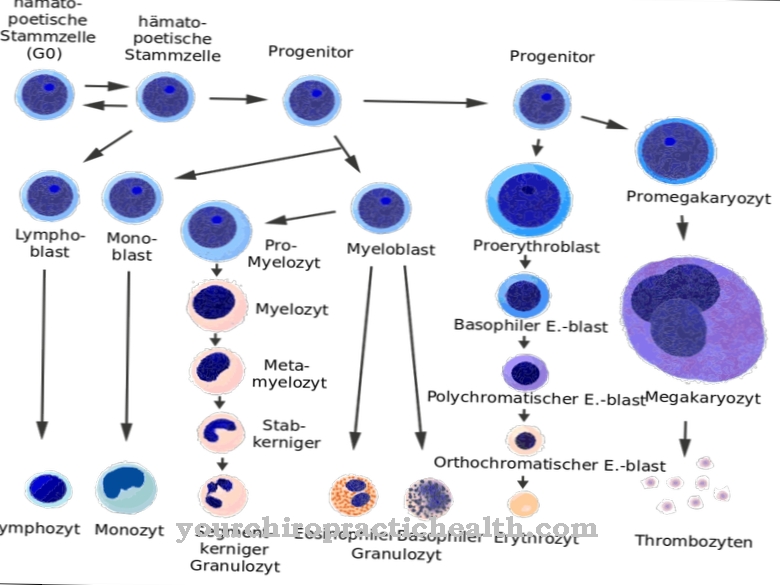

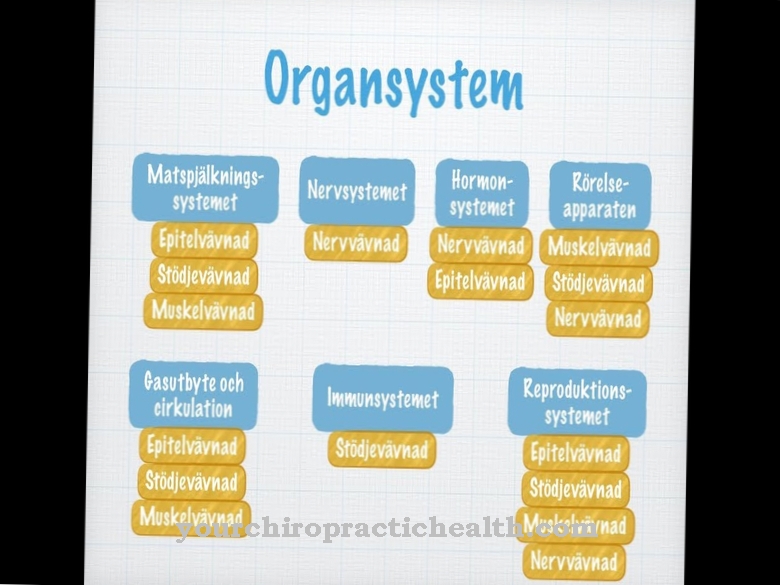
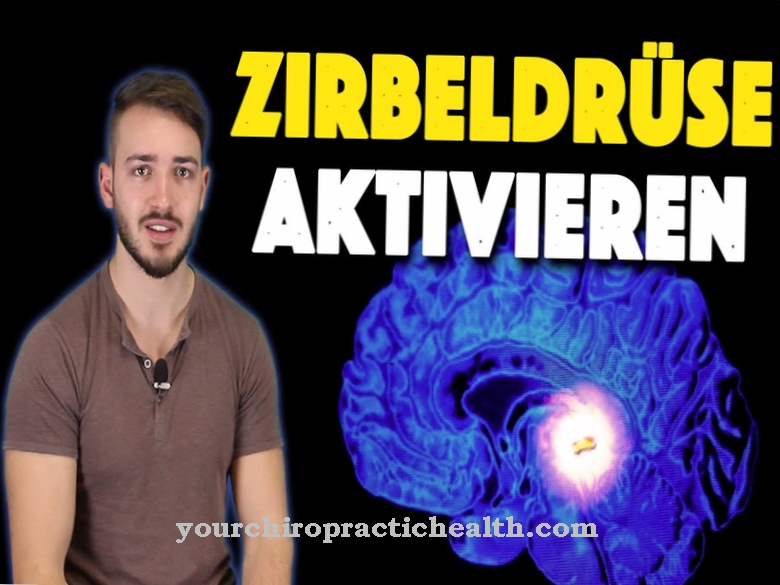
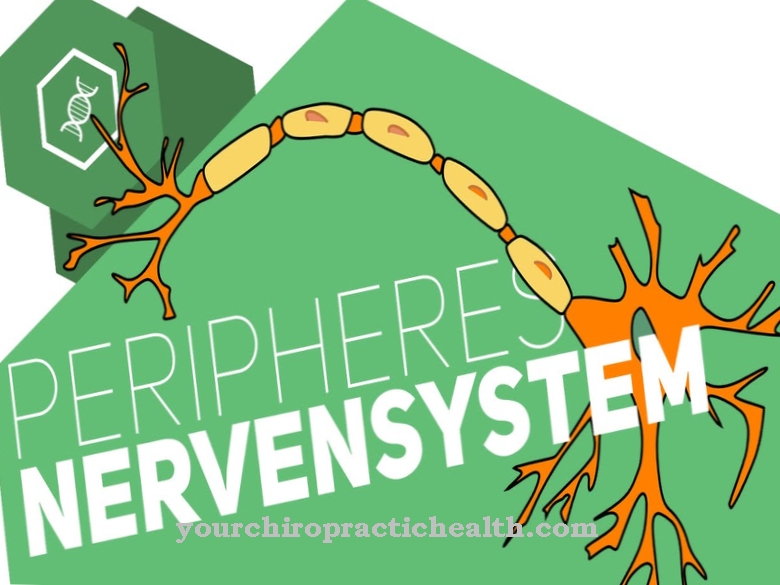
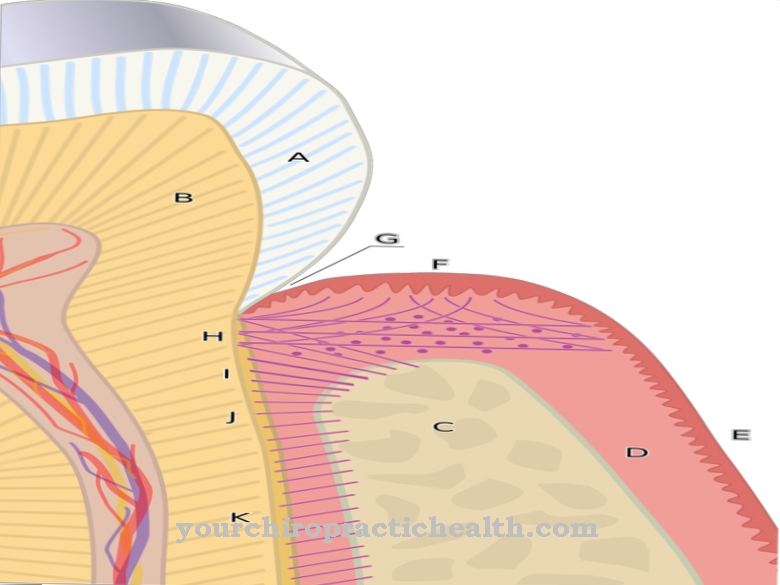






.jpg)

.jpg)
.jpg)











.jpg)